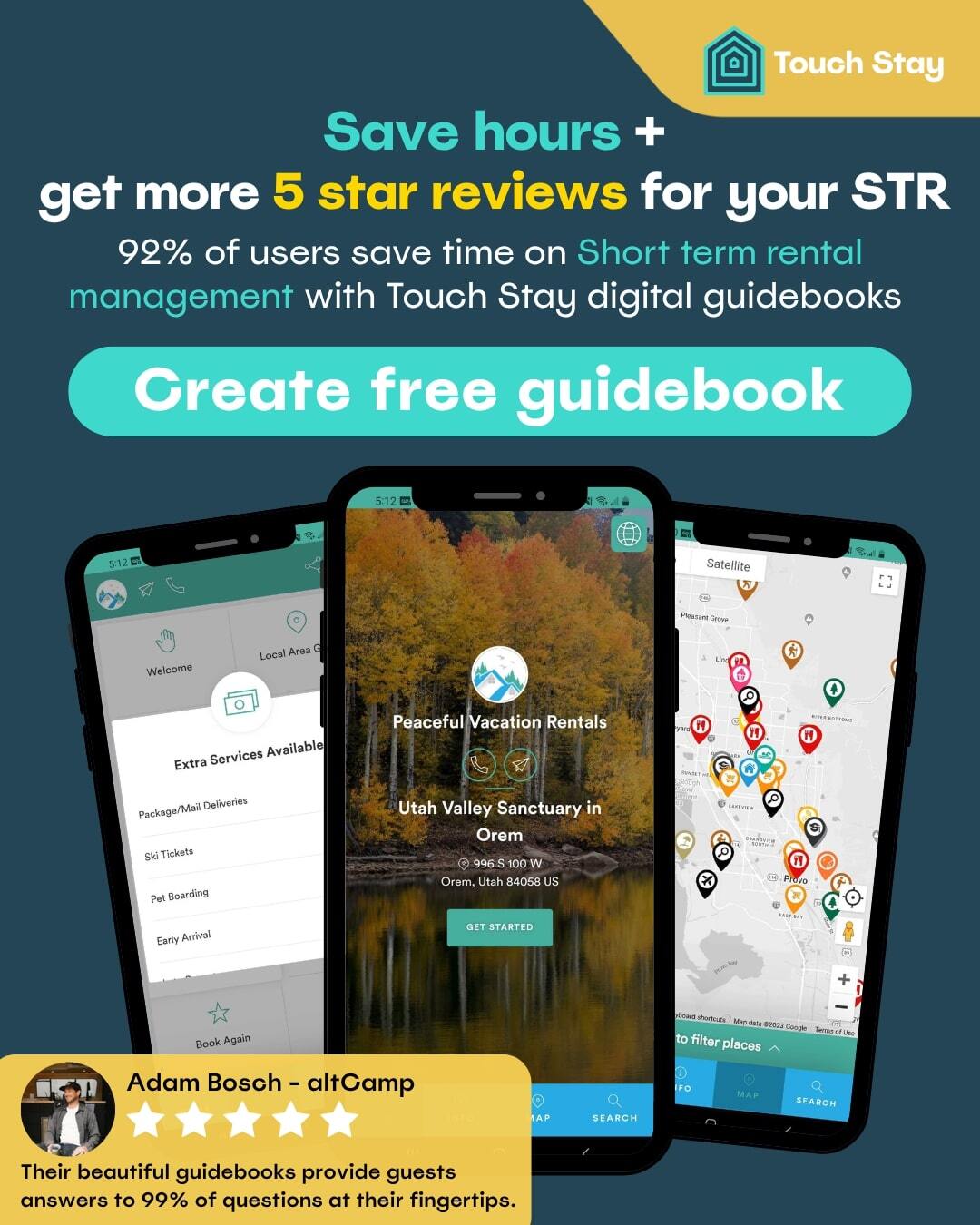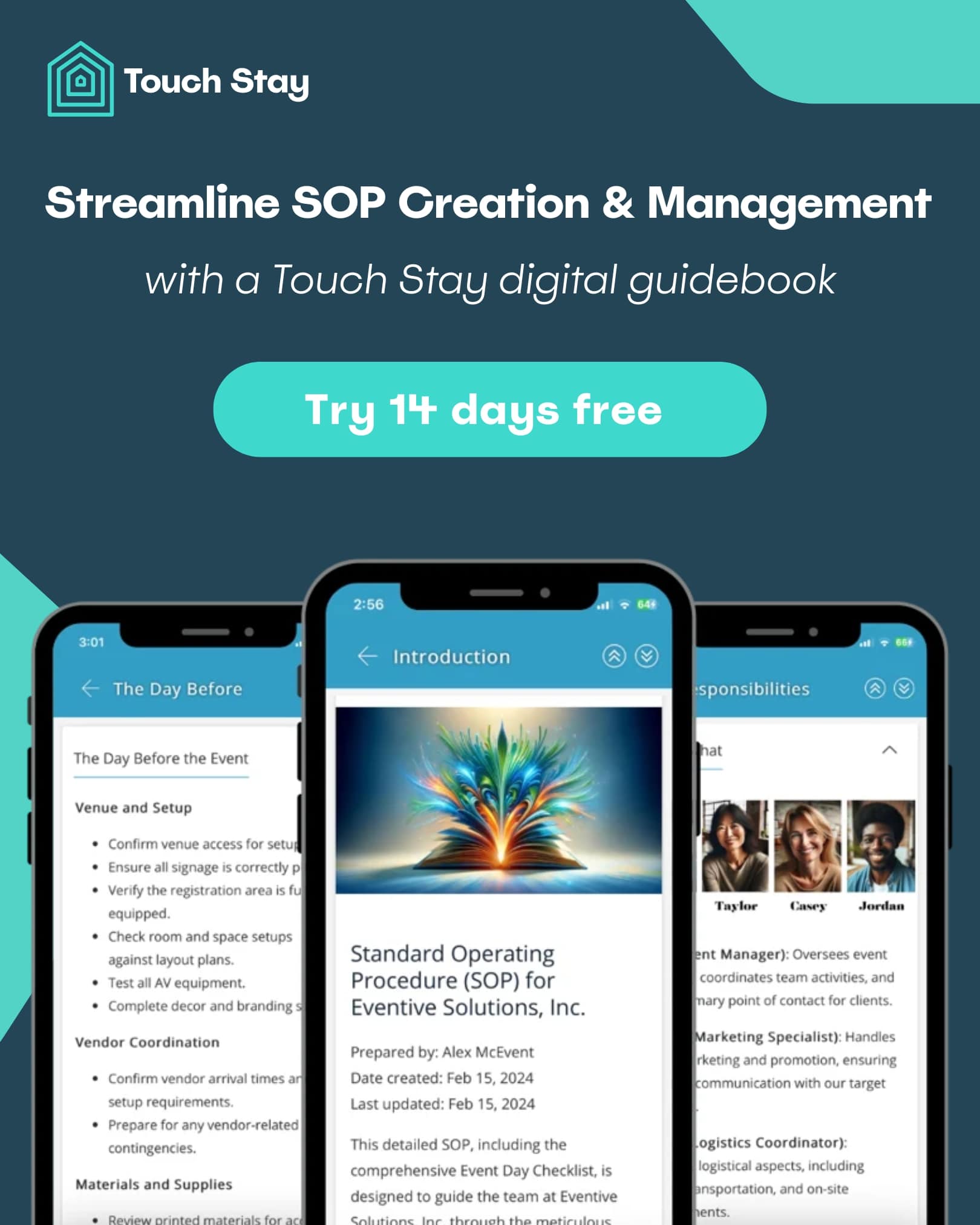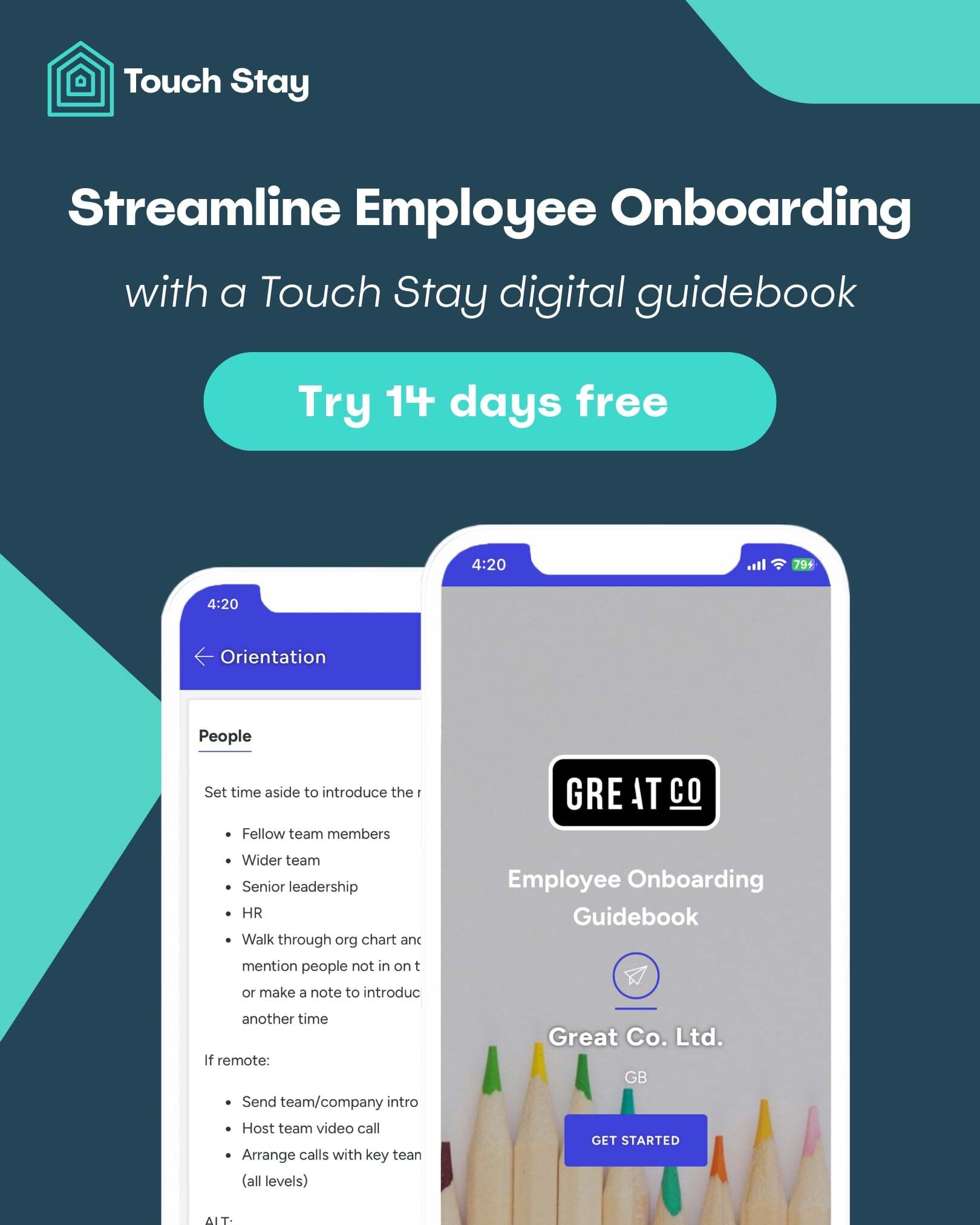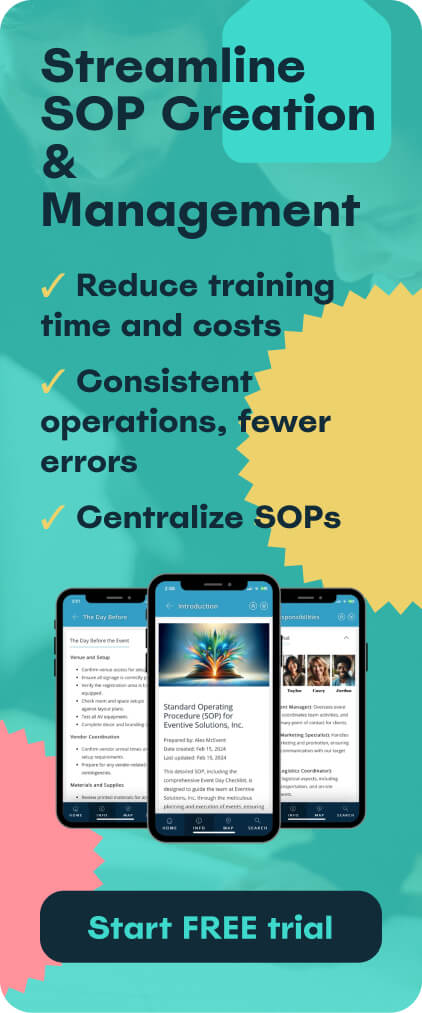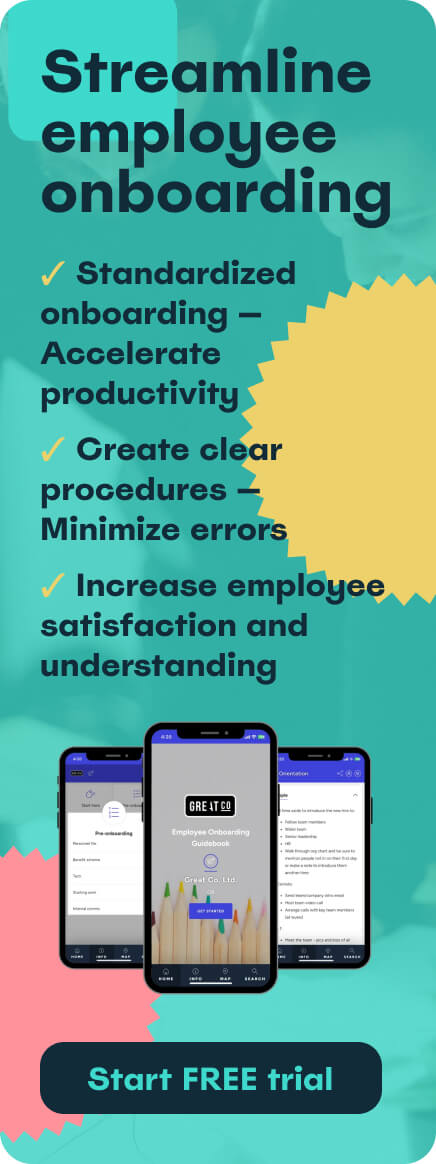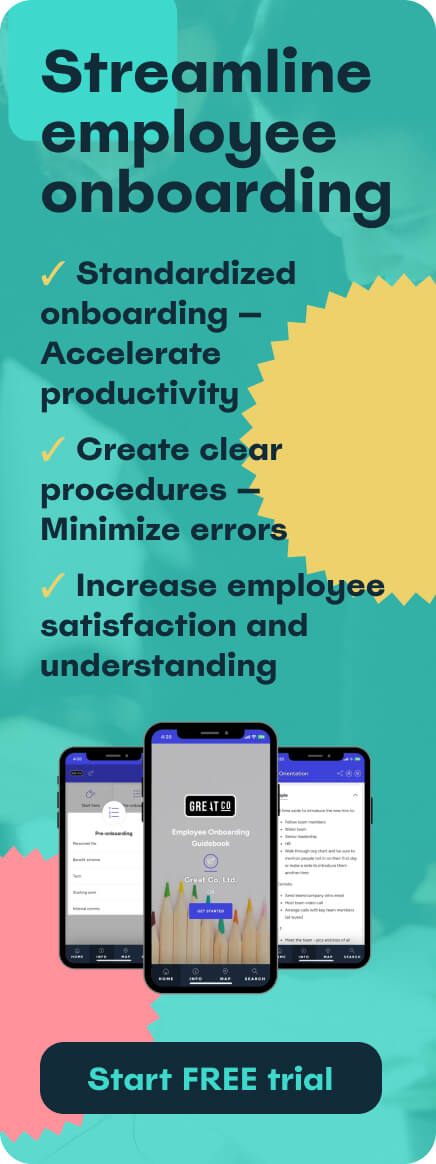Running a successful business is like conducting an orchestra – every section needs to know exactly what to play and when to play it. That's where a business playbook comes in. Whether you're a small business owner looking to scale or a manager aiming to streamline operations, a well-crafted business playbook can be the difference between harmony and chaos in your organisation.
This comprehensive guide will walk you through everything you need to know about creating and implementing an effective business playbook:
- What is a business playbook?
- Benefits of having a business playbook
- Key elements of a business playbook
- How to create a business playbook: step-by-step guide
- Business playbook examples (real-world case studies)
- Business playbook templates and tools
- Common mistakes when creating a business playbook
- FAQs
Ready to create your digital business playbook?
What is a business playbook?
At its core, a business playbook is the crystallisation of your organisation's collective wisdom and experience. It's where strategy meets execution, providing a clear roadmap for how your business operates and grows. Unlike static manuals that gather dust on digital shelves, an effective playbook is a dynamic tool that evolves with your business, capturing both the 'what' and the 'why' of your operations.
A business playbook is more than just a manual—it's your organisation's strategic blueprint that documents core processes, policies, and best practices. Think of it as your business's master reference guide that ensures everyone is playing from the same sheet of music.
This living document serves as:
- A central repository for your company's operational knowledge and wisdom
- A standardised guide for executing critical business processes
- A training tool for new employees and team members
- A scalable framework that grows with your business
Benefits of having a business playbook
The implementation of a business playbook represents a strategic investment in your organisation's future. While the initial effort to create and maintain a playbook might seem daunting, the long-term benefits far outweigh the upfront costs.
Companies that successfully implement comprehensive playbooks often report significant improvements in operational efficiency, team alignment, and scalability. Let's explore the key advantages that make business playbooks an essential tool for modern organisations:
- Accelerated onboarding: new employees can get up to speed faster when they have access to a well-structured playbook. Instead of relying on tribal knowledge, they can immediately access documented processes and best practices.
Learn more with our comprehensive guide to employee onboarding.
- Consistent quality: when everyone follows the same playbook, you eliminate variations in service quality and product delivery. This consistency builds trust with customers and partners.
- Improved scalability: as your business grows, a playbook ensures new team members and locations maintain the same high standards that built your success.
- Risk mitigation: by documenting critical processes and contingency plans, you reduce the impact of key person dependencies and prepare for unexpected challenges.
- Enhanced operational efficiency: teams spend less time reinventing the wheel and more time executing proven processes, leading to higher productivity and better results.
| Aspect | Without a business playbook | With a business playbook | Impact |
| Employee onboarding | 3-6 months to reach full productivity | 4-8 weeks to reach full productivity | 50-70% faster ramp-up time |
| Process consistency | Inconsistent workflows | Standardised, repeatable processes | Reduces operational variability by up to 60% |
| Error rates | High variability & mistake potential | Systemic error prevention | Reduces operation errors by 40-50% |
| Training efficiency | Knowledge transfer depends on employees | Structured, documented training processes | Cuts training time and costs by 30-45% |
| Scalability | Struggles to maintain quality during growth | Easily replicable processes | Smooth expansion & multiple locations |
| Knowledge retention | High risk of losing critical information | Centralised knowledge repository | Preserves institutional knowledge permanently |
| Decision-making | Reactive, based on individual interpretation | Proactive, guided by documented best practices | Improves strategic alignment & consistency |
| Operational efficiency | Inefficient, time-consuming processes | Streamlined, optimised workflows | Increases productivity by 25-35% |
| Company culture | Fragmented, inconsistent | Clear, unified approach | Strengthens organisational identity & values |
| Compliance & risk management | Higher risk of regulatory violations | Documented compliance procedures | Reduces legal & operational risks by 40% |
Key elements of a business playbook
A well-crafted business playbook is like a finely tuned engine – each component plays a vital role in keeping your business running smoothly. Understanding these key elements is crucial for creating a playbook that truly serves your organization's needs. While the specific components may vary depending on your industry and business model, certain fundamental elements should be present in every effective playbook to ensure comprehensive coverage of your operations.
A comprehensive business playbook should include these essential components:
- Company vision and values
- Mission statement
- Core values
- Company culture guidelines
- Long-term strategic objectives
- Organisational structure
- Team hierarchy
- Roles and responsibilities
- Communication channels
- Decision-making frameworks
- Standard operating procedures (SOPs)
- Step-by-step process documentation
- Quality control measures
- Performance metrics and KPIs
- Best practices and guidelines
- Systems and tools
- Technology stack overview
- Software access procedures
- Training resources
- Troubleshooting guides
| Component | Key elements | Purpose | Strategic importance |
| Company vision & values |
|
|
High Sets the fundamental foundation for all business activities |
| Organisational structure |
|
|
Critical Ensures clear understanding of team dynamics and worklfows |
|
Standard operating procedures (SOPs) |
|
|
Essential Drives operational consistency and efficiency |
| Systems & tools |
|
|
Crucial Enables technological alignment and support |
Looking for a better way to organise your SOPs?
How to create a business playbook: a step-by-step guide
Creating a business playbook is a journey that requires careful planning and execution. The process might seem overwhelming at first, but breaking it down into manageable steps makes it more approachable. Think of it as building a house – you need a strong foundation before adding the walls and roof. This step-by-step guide will walk you through the process of creating a playbook that's both comprehensive and practical.
Step 1: Define your objectives
Setting clear objectives is the foundation of an effective business playbook. This initial phase requires careful consideration of your organisation's needs, challenges, and goals. Take time to gather input from key stakeholders and understand how the playbook will be used in day-to-day operations. This groundwork ensures your playbook addresses real business needs rather than becoming just another documentation exercise.
Before diving into documentation, clearly establish:
- What specific problems your playbook will solve
- Who will use the playbook
- What outcomes you expect to achieve
- How you'll measure success
Step 2: Gather and organise information
- Audit current processes: document existing workflows and identify gaps
- Interview key personnel: capture institutional knowledge from experienced team members
- Review existing documentation: consolidate and update current SOPs and guidelines
- Identify best practices: research industry standards and successful approaches
Step 3: Structure your playbook
Create a logical organisation system that includes:
- Clear section headers and subheaders
- Detailed table of contents
- Cross-references between related sections
- Version control system
Step 4: Document processes
For each key process:
- Break it down into clear, actionable steps
- Include visual aids (flowcharts, screenshots, videos)
- Specify required resources and tools
- Define success metrics and quality standards
Step 5: Review and refine
- Test procedures with team members
- Gather feedback from various stakeholders
- Update and improve documentation based on input
- Establish regular review cycles
Don’t leave anything to chance when creating your own business playbook!
Download our free playbook checklist to ensure nothing gets left off.
Download your FREE business playbook checklist
Simply enter your details to get your free business playbook checklist sent straight to your inbox!
Business playbook examples (real-world case studies)
Let’s look at how real businesses use playbooks to achieve success:
Example 1: SaaS company scaling customer support
A SaaS company creates a playbook to standardise its customer support processes. By documenting FAQs, response templates, and escalation procedures, response times are significantly reduced.
Example 2: Retail chain standardising operations
A retail chain with multiple locations uses a playbook to ensure consistency in inventory management, customer service, and employee training. This leads to an increase in operational efficiency.
Example 3: Remote startup creating a team playbook
A remote startup develops a playbook to improve productivity across time zones. It includes communication guidelines, meeting schedules, and project management workflows, resulting in a boost in team collaboration.
Business playbook templates and tools
Essential templates
- New employee onboarding playbook:
- Company introduction
- First-week schedule
- Training modules
- Resource access guide
- Sales process playbook:
- Lead qualification criteria
- Meeting scripts
- Proposal templates
- Follow-up procedures
- Crisis management playbook:
- Emergency response procedures
- Communication protocols
- Recovery strategies
- Stakeholder management plans
Recommended tools
While Touch Stay provides an ideal platform for creating and maintaining your business playbook, you might also consider complementary tools:
- Project management software
- Process documentation tools
- Knowledge base platforms
- Collaboration software
Common mistakes when creating a business playbook
Avoid these frequent pitfalls:
- Information overload:
- Keep documentation concise and relevant
- Use clear, simple language
- Focus on essential information
- Include visual aids for complex processes
- Static documentation:
- Schedule regular updates
- Implement version control
- Establish feedback mechanisms
- Make it easily editable
- Poor accessibility:
- Choose user-friendly platforms
- Enable mobile access
- Implement robust search functionality
- Create intuitive navigation
- Lack of buy-in:
- Involve team members in creation
- Demonstrate clear benefits
- Provide adequate training
- Celebrate successful adoption
Final thoughts
A well-crafted business playbook is an invaluable tool for growing and maintaining a successful organisation. By following the steps and best practices outlined in this guide, you can create a playbook that drives consistency, efficiency, and excellence across your operations.
Remember that your playbook is a living document that should evolve with your business. Regular updates and improvements ensure it remains relevant and valuable to your team.
Ready to transform your business operations?
FAQs
A business playbook is a comprehensive document that outlines your organisation's key processes, procedures, and best practices. It serves as a central reference guide for operations, training, and decision-making.
Create a business playbook by defining objectives, gathering information, structuring content, documenting processes, and establishing regular review cycles. Use digital tools like Touch Stay to make the process more efficient.
A business playbook should include company vision and values, organisational structure, standard operating procedures, systems and tools documentation, training resources, and crisis management protocols.
A business playbook is important because it ensures consistency in operations, accelerates employee onboarding, facilitates scaling, reduces errors, and preserves institutional knowledge.

Ned
Ned has clocked up over 11 years in digital marketing and comms, with a strong focus on creating engaging content for a range of brands and agencies. When he’s not writing, he can be found digging for records, peering through his telescope at the night sky, or onboard his local lifeboat where he volunteers as a crewmember.
Be the first to know!
Join our newsletter for early access to:
- ✅ Free guides
- ✅ Pro tips & tricks
- ✅ Time saving tutorials
- ✅ Latest blog posts
- ✅ Checklists & templates



